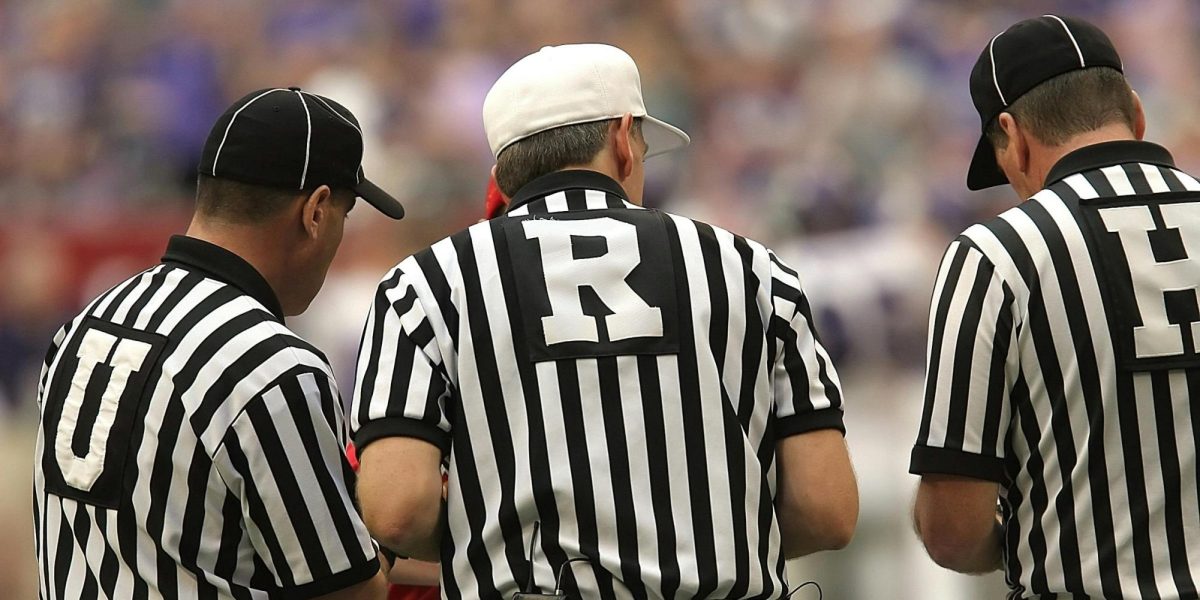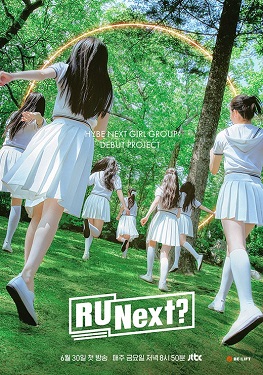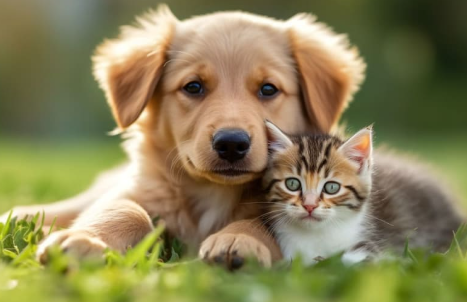Zombies are Real
December 15, 2021
Chapter 1: The Effects of Social Media
Written by Guilherme Madureira
Social Media was at first a brand new sea for the people to swim in, however, it quickly became familiar waters. The farther we tread, however, the worse everything becomes. Being a Social Media influencer myself, I know the ins and outs of social media, specifically Instagram. There are many secret strategies used to hook you and steal your whole. This is the cause for the “Social Media Craze”. This causes many of us to be hooked on swiping through the pages of social media. Although it seems harmless at first, it quickly escalates into an obsession, an addiction. Many have clocked in multiple hours on Instagram, Youtube, Twitter, and especially the main focus of this chapter, TikTok.
For the sake of this article, I decided to do something I never thought I would. I will scroll down what is known as the “For You” page on the TikTok app. Tiktok is the latest hit with kids when it comes to social media. Tiktok is a short-video sharing app that was released under the name Musical.ly but had it changed to TikTok when it was bought out. There are many demographics on TikTok but the most common ones are teenagers and young adults taking the platform somewhat seriously.
Tiktok and the internet as a whole has what is known as “trends” pop up all the time. These trends are extremely random and a lot of them can be extremely dangerous or offensive. The major and most current trend that I have researched is what is known as the “Devious Licks” trend.
In the “Devious Licks” trend, people, often teenagers, steal from schools and other leisure establishments such as restaurants. That’s right, stealing, a criminal action. It isn’t even stealing small objects like a bar of soap or a carton of milk from the cafeteria- no, soap dispensers, bathroom stall doors, and the most ridiculous of them all, toilets. Toilets are being removed from the floor and plumbing and stolen by others. A large majority of the people who commit these acts are caught and apprehended by local authorities, mainly due to the stupidity of the participants of the trend. You see, if you publicly post on one of the largest social media platforms that you stole something, people will find out, report you, and the authorities will catch you. Not to mention the fact that stealing is illegal. Now people have realized the error of their ways and started putting back stolen items into places affected by the “Devious Licks” trend which is called the “Angelic Yields” trend.
This shows the effects of Social Media platforms such as Tiktok and Instagram on people, but do they care?
Chapter 2: The Epidemic of Similarity
Written by Ila Chakravarthy
Waves of schoolchildren stride the halls like horses with blinders, their main focus being surviving the next period. Our parents regale us with tales of their adolescence, filled to the brim with youthful curiosity and excitement, but as a student of that age myself, I struggle to find that same novelty. What’s happened?
Social media has a significant role to play in this phenomenon. Trends come and go, and standards of beauty fluctuate; those who are impacted the most are teenagers. We base our opinions of ourselves upon what is considered acceptable at the time, and as a result of this, patterns in our behavior begin to appear. We have seen the Basic Girl, VSCO, E-trend, and many of the sort pass, and whether we admit it or not, we have judged each other based on these.
So, I pose the question, what do we find appealing in suffocating sameness?
I emailed a random list of eighth graders in attempt to get some answers, and the responses really weren’t surprising. Keywords that I picked out of their answers were along the lines of “abnormal” and “acceptance”. A student that would like to remain anonymous wrote, “ …it’s usually to get people to actually pay attention to me and listen to what I have to contribute.” When I followed up with this student, she told me that she thought people followed trends to be able to communicate with each other. This raises another question: what would happen to the quality of our communications with each other if we accepted our individuality instead of trying to fit in? When I asked her this, she explained that this would isolate us from each other. She guessed that our relationships thrive on seeing similarities in each other, in being reassured that we’re not alone.
Perhaps the Epidemic of Similarity is an Epidemic of Loneliness. Perhaps the hunt for the perfect persona is just in search of a friend. So here I plead, try to accept people for who they are. This cliché has been told to you countless times before, but if you judge a person based on the stereotypes they seek to meet, consider why they’re doing what they do. The only way we can fight this is to communicate with those we acknowledge to be different from us, to let our disparities bring us together rather than isolate us.
Chapter 3: Snowflake Level Sensitivity
Written by Guilherme Madureira
With the world around us, we can’t control the syllables that leave the mouth of people, but our reactions are something we can control. However, every person reacts differently; some have thicker skin than others. But, currently, with the latest generations, we have noticed a smaller ability to take insults or comments that go against their opinion.
This comes from the fact that our generation has been spoiled and we have a feeling of entitlement. Due to the consumption of content that pleases us or agrees with us, we have a feeling that all should be that way. However, we all know that the real world isn’t like this. There are bound to be many disagreements and many hurdles to come our way. To defeat those hurdles and go on through, we need to build up some skin.
Said skin is what a large majority of people in our generation lack.
The amount of skin each person has is subjective and different for everyone. Some can take insults incredibly well while some can’t. It all depends on how they’ve grown and experienced things. However, as I said before, we are in an age of mass content consumption. This means that we get things that we like shoved down our throats while things we disagree with are tossed to the side, acting like that opinion doesn’t exist. This is true for politics or ice cream flavors. We all try to toss the opinions of others that don’t correlate with ours to the side.
However, there is a line that has to be drawn.
Maybe I don’t know if this is just me, but jokes are meant to be taken lightly. If one says something stupid, others should probably take it for what it is: a stupid comment. However, many in our generation don’t. Many take it seriously, to their hearts. This might be from people having negative life experiences, but this sort of behavior is commonly found in people with privileged and opportunity-filled lives. A majority of them, here in the US, are white Americans.
Why is it our specific generation? While covered before, it has to do with content consumption. The things we look at, listen to, like, share, and comment on- they all have a way of shaping our opinion, of shaping the way we see this very grey world of ours. Yet we somehow manage to fill in perfect rectangles with black and white. Back in the “good-old-days” when our parents were our age, they didn’t have access to super biased thoughts outside of religion or parents. They were “fed” the truth. They had no option, however. They saw what they saw, whether they liked it or not. They learned about the true things in the world; it wasn’t an era of fake news and constant pandering everywhere you go. So this is where our generation comes into play. We DO live in an era of fake news, advertising, and constant pandering everywhere we turn. We live in an era where data, personal information are nothing but a little can on the supermarket shelf. That is the difference; we see what we want to see, while those older than us see what we have to see.
Chapter 4: Battle of the Generations
Written by Ila Chakravarthy
We are all too familiar with the ever-present battle between the generations. The millennials despise the Baby Boomers, and everyone hates Generation Z. Our conflicting backgrounds create a conflict that society has run over millions of times before: groups that have different opinions can’t come to terms with each other living on their own terms. The basis of this predicament is that we all come from different places. A person born in India in 1920 has seen the reign of the British Empire, has experienced liberation like no other, and values freedom differently than a person born in India in 1975. The younger person won’t know what it’s like to have to fight for basic human rights; the older one won’t empathize with not having to fight. It’s the fact that two different people haven’t lived each other’s lives. This chapter ties up “Zombies are Real”. Be accepting of each other, be empathetic, and most importantly, don’t take yourself so seriously.
























Ava • Jan 3, 2022 at 11:19 am
This article was very educational and outstandingly written. Very well done to Guilherme and Ila!